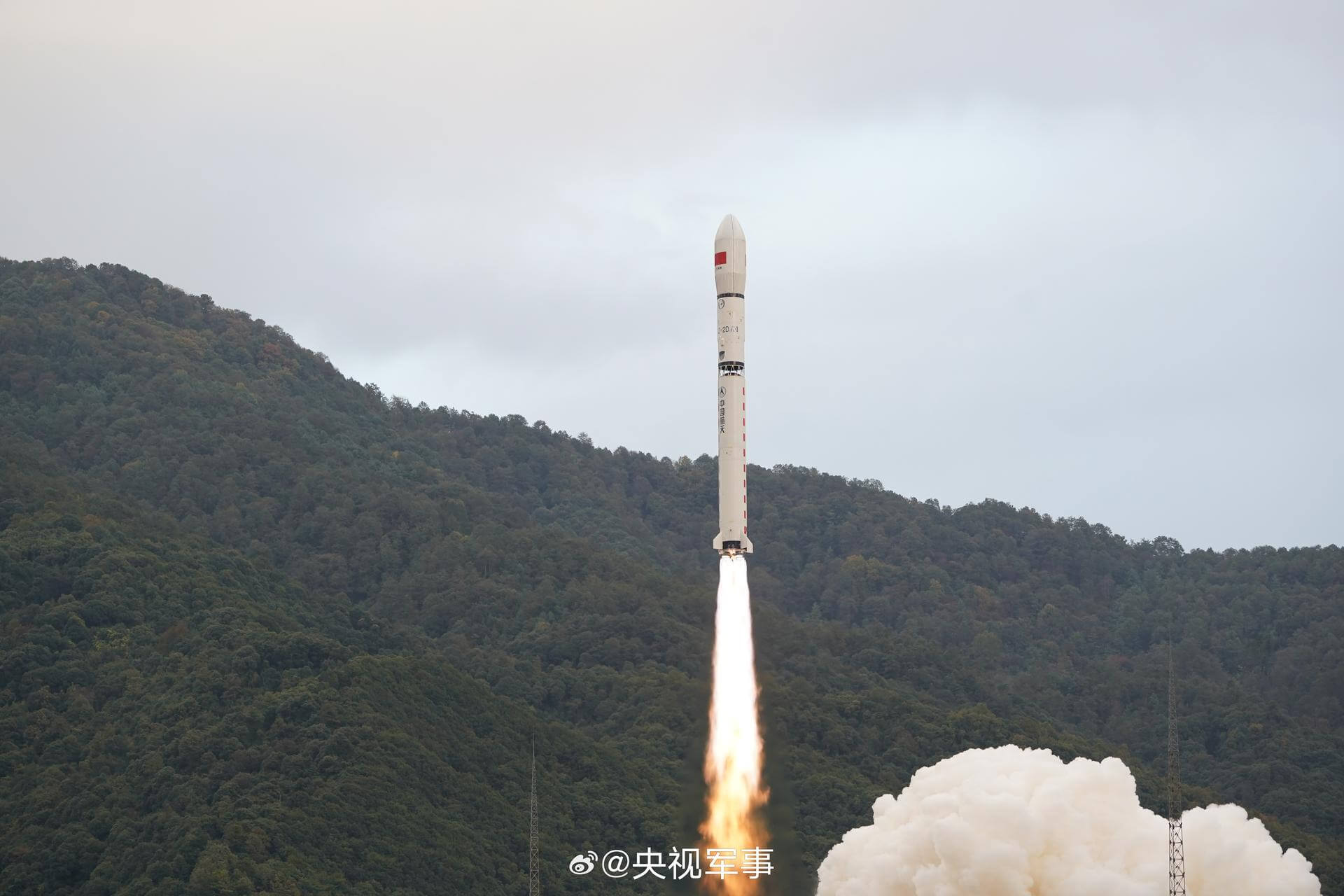Previous Spaceflight Launches
Filter by Agency, Locations or Vehicles
Show All LaunchesFalcon 9 Block 5 | Starlink Group 6-31
SpaceX | United States of AmericaCape Canaveral SFS, FL, USA
Dec. 3, 2023, 4 a.m.
Falcon 9 Block 5 | 425 Project Flight 1 & rideshare
SpaceX | United States of AmericaVandenberg SFB, CA, USA
Dec. 1, 2023, 6:19 p.m.
Status: Launch Successful
Mission:
Note: Name of payload is provisional. First launch of an ultimately 5 reconnaissance satellites for the South Korean Defense Acquisition Program Administration (DAPA), with 1 satellite featuring an electro-optical infrared (EO/IR) telescope. The other 4 synthetic aperture radar (SAR) satellites are to be launched at a later date. They will be launched to low Earth orbit between 600 and 700 km by 2025, enabling South Korea’s military to observe the nuclear-armed neighbor’s key military facilities every two hours with 30-50 centimeters resolution imagery, according to a 2019 report produced by the Korea Institute of S&T Evaluation and Planning. The project is lead by the Korean Agency for Defense Development (ADD) and Korea Aerospace Research Institute (KARI), with input from Korea Aerospace Industries (KAI), Hanwha Systems and Thales Alenia Space. ESA's EIRSAT-1 is also onboard as a rideshare passenger. This 2U cubesat carries three experiments, including a novel gamma ray detector to study some of the most luminous explosions in the universe.
Sun-Synchronous Orbit B1061 - Flight Proven ( ) Landing Zone 4Soyuz 2.1a | Progress MS-25 (86P)
Progress Rocket Space Center | RussiaBaikonur Cosmodrome, Republic of Kazakhstan
Dec. 1, 2023, 9:25 a.m.
Falcon 9 Block 5 | Starlink Group 6-30
SpaceX | United States of AmericaCape Canaveral SFS, FL, USA
Nov. 28, 2023, 4:20 a.m.
Soyuz 2.1b | Kosmos 2572 (Razdan No. 1?)
Progress Rocket Space Center | RussiaPlesetsk Cosmodrome, Russian Federation
Nov. 25, 2023, 8:58 p.m.
Status: Launch Successful
Mission:
Note: Payload identity and Cosmos series number uncertain. The Razdan satellite is reportedly a new electro-optical reconnaissance satellite designed as a successor to the Persona (Kvarts) satellites. Reportedly Razdan will feature a significant improvement over the capabilities of its predecessors, including a new high-speed secure radio channel. Razdan features a LOMO-built optical system. The third satellite will be the first to carry a new 2 meter mirror optics that will be built by the Zverev factory in Krasnogorsk.
Polar OrbitLong March 2D/YZ-3 | 3 x SatNet test satellites
China Aerospace Science and Technology Corporation | ChinaXichang Satellite Launch Center, People's Republic of China
Nov. 23, 2023, 10 a.m.
Falcon 9 Block 5 | Starlink Group 6-29
SpaceX | United States of AmericaCape Canaveral SFS, FL, USA
Nov. 22, 2023, 7:47 a.m.
Chollima-1 | Malligyong-1c
Korean Committee of Space Technology | North KoreaSohae Satellite Launching Station, Cholsan County, North Pyongan Province, Democratic People's Republic of Korea
Nov. 21, 2023, 1:42 p.m.
Status: Launch Successful
Mission:
Malligyong-1c (meaning "Telescope-1") is the third attempt by North Korea to launch a satellite officially declared to be for military reconnaissance purposes, and the first successful one. It became the third North Korean satellite to reach orbit.
Sun-Synchronous OrbitFalcon 9 Block 5 | Starlink Group 7-7
SpaceX | United States of AmericaVandenberg SFB, CA, USA
Nov. 20, 2023, 10:30 a.m.
Starship | Integrated Flight Test 2
SpaceX | United States of AmericaSpaceX Starbase, TX, USA
Nov. 18, 2023, 1:02 p.m.
Status: Launch was a Partial Failure
Mission:
Second test flight of the two-stage Starship launch vehicle. The booster is expected to separate 170 seconds into flight and return to land approximately 32 km off the shore in the Gulf of Mexico. The second stage will follow a suborbital trajectory and perform an unpowered splashdown approximately 100 km off the northwest coast of Kauai (Hawaii).
Suborbital Booster 9 - Maiden Flight Gulf of Mexico







